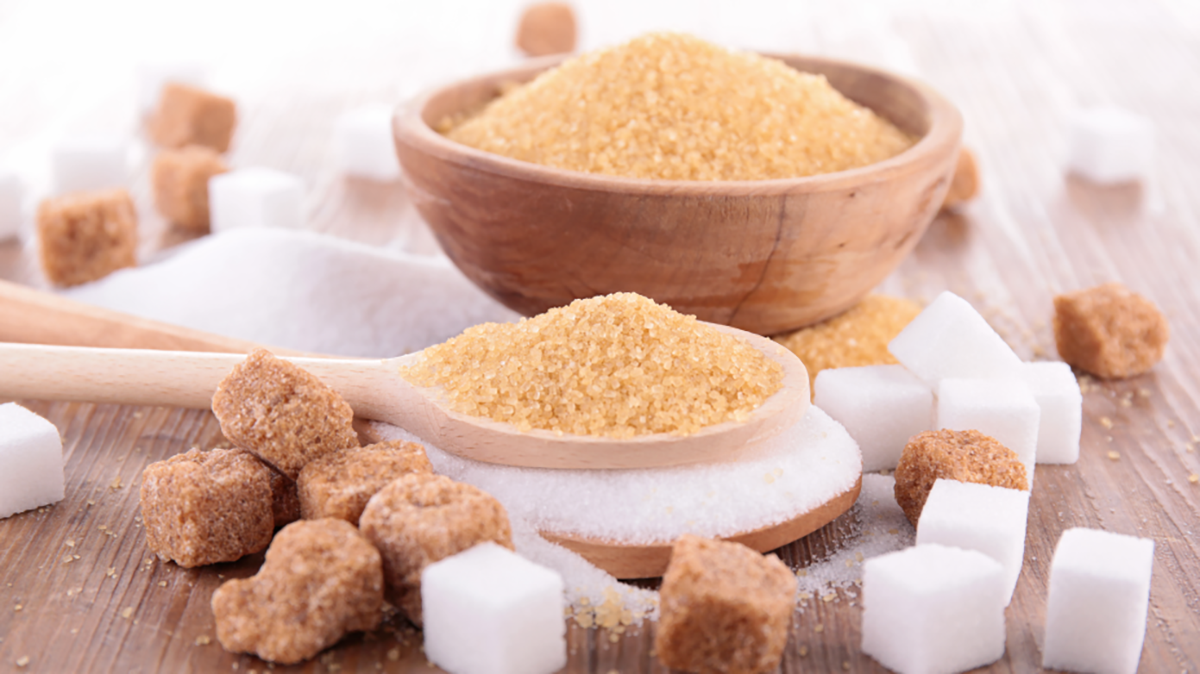If you are on a weight loss diet, you're probably highly aware of your daily sugar intake and its impact on weight gain and your health.
Here are the facts: whether you crave sugar in soft drinks, cakes, pies or candy, you don't need sugary foods to be healthy. Sure, it's difficult to live on a no-sugar diet, especially when the holidays roll around, but our bodies do not need sugar to function normally. Sugar adds no beneficial nutrients, but it does add excess pounds that lead to obesity.
Recognizing Hidden Sugar in Foods
While it's easy to identify sugary foods, finding hidden sugars in healthy foods is not so easy. Natural sugars are found in many foods. An example is fructose found in fruit or lactose found in milk. However, many foods have added sugars. These include sugars and syrups that are put in foods during preparation or processing, or even sugar added at mealtime at the table. That’s why following a no-sugar diet is virtually impossible.
Many Other Names for Hidden Sugar
How can you identify hidden sugars in processed food if there are so many names for sugar? To learn how to tell if a food contains added sugars, you need to look at the Nutrition Facts panel on the side of the package. Check the list of ingredients for the following sugar names:
- Cane sugar
- Corn sweetener
- Dextrose
- Fruit juice cocktail
- High-fructose corn syrup
- Honey
- Maltose
- Molasses
- Raw sugar
- Rice syrup
- Sucrose
- Syrup
Many common foods eaten each day contain a lot of sugar including ketchup, fruit juice, spaghetti sauce, yogurt, BBQ sauce and granola. Most people are unaware that the American Heart Association (AHA) recommends women limit the amount of added sugars in their diet to no more than 100 calories per day, or about 6 teaspoons of sugar. For men, it’s 150 calories per day, or about 9 teaspoons.
Sources
American Heart Association. Added Sugars.
